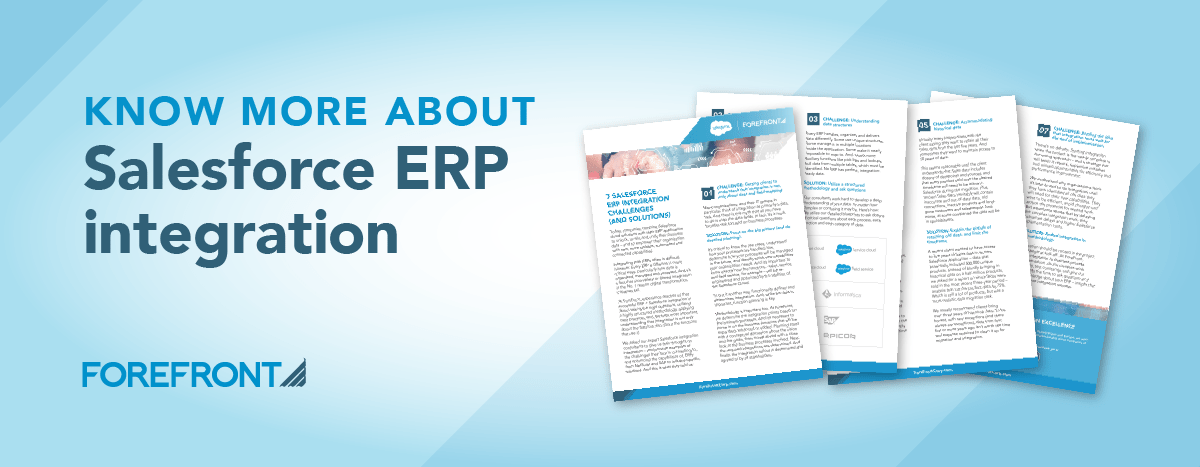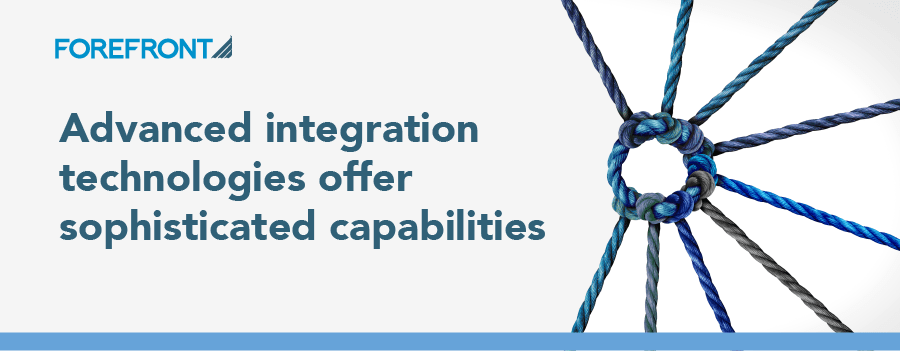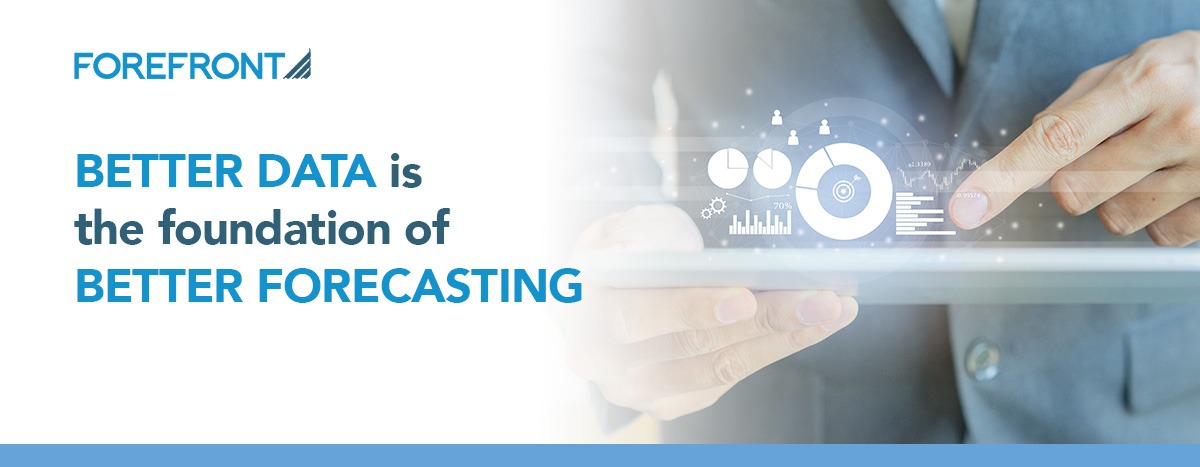
How Our Expert Consultants Solve the Most Common Challenges in Salesforce ERP Integration
Companies combine Salesforce cloud solutions with their ERP application to unlock, un-silo and unify their business data — and to empower their organization with new, more scalable, automated and connected capabilities. But integration with ERPs often is difficult. Because every ERP is different in many critical ways. Because every company is unique. And because every project presents its own challenges.
We asked our expert Salesforce integration consultants to tell us about the trouble, misconceptions, mis-steps and difficulties they see every day. And here is what they told us:
Top Salesforce ERP Integration Challenges (and Solutions)
1: Getting clients to understand that integration is not only about data and field-mapping
Solution: Focus on the big picture (and do detailed planning)
2: Having the right team members on the project
Solution: Build a team from across the organization
3: Understanding data structures
Solution: Utilize a structured methodology, and ask questions
4: Setting a realistic project timeline
Solution: Use a crawl, walk, run approach
5: Accommodating historical data
Solution: Explain the pitfalls of retaining old data, and limit the timeframe
6: Integrating customer and vendor accounts
Solution: Begin the integration process at the start of the project
7: Battling the idea that integration must wait for the end of implementation
Solution: Embed integration in the methodology
To learn more about the challenges of Salesforce ERP integration, and to get detailed information on how we solve them, download our ebrief, “7 Salesforce ERP Integration Challenges (and Solutions).”







